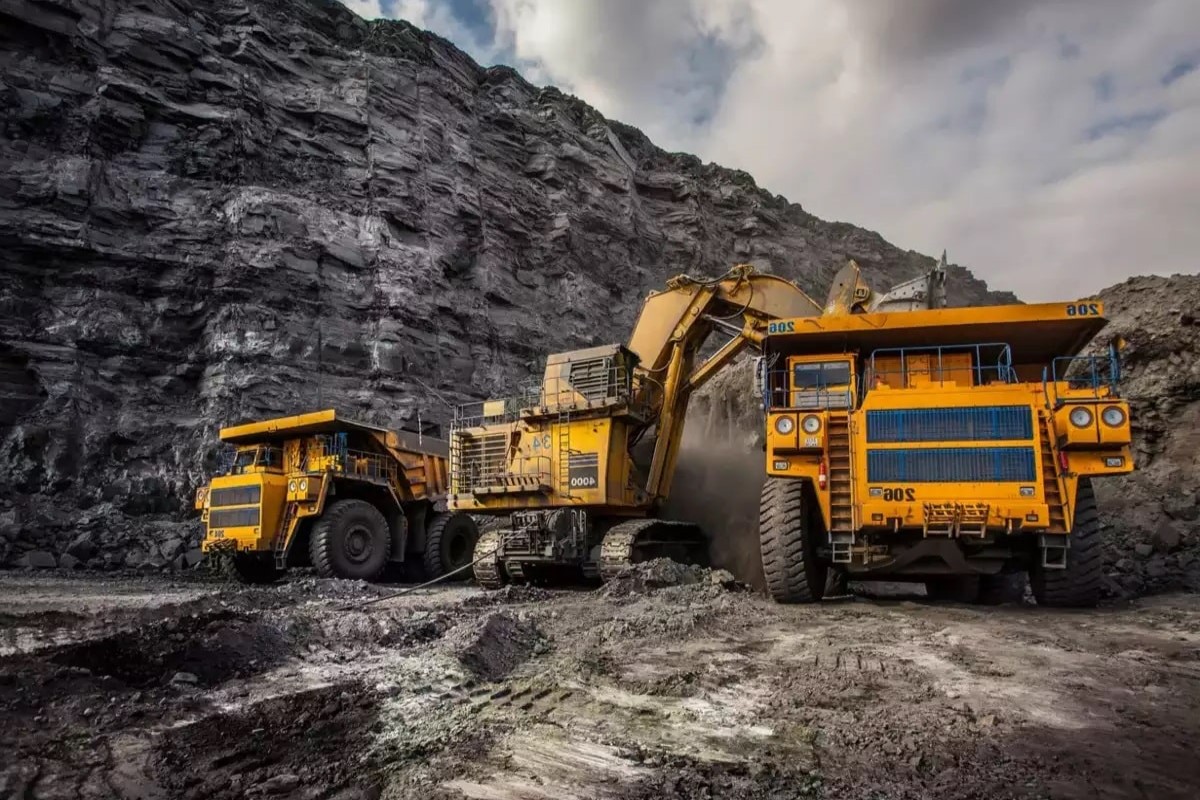
What was Coalgate? Coalgate, a major scandal in India, erupted in 2012 when the Comptroller and Auditor General (CAG) revealed irregularities in coal block allocations from 2004 to 2009. This scandal exposed deep-rooted corruption involving high-ranking politicians and prominent companies. The CAG estimated a staggering loss of ₹1.86 lakh crore (around $25 billion USD) due to non-transparent allocation practices. The fallout led to numerous investigations, arrests, and significant policy reforms. Coalgate highlighted the urgent need for transparency and accountability in governance, leaving a lasting impact on India's coal sector and public perception of government integrity.
What Sparked Coalgate?
Coalgate, a scandal that shook India in the early 2010s, revealed deep-rooted corruption in the allocation of coal mining rights. This scandal led to significant changes in India's policies and practices. Let's dive into the key facts that define Coalgate.
-
Background and Timeline: Coalgate began to unfold in 2012 when the Comptroller and Auditor General (CAG) of India released a report detailing irregularities in the allocation of coal mining rights between 2004 and 2009. The report was tabled in the Lok Sabha on August 17, 2012.
-
CAG Report: The CAG report estimated that the government had lost approximately ₹1.86 lakh crore (around $25 billion USD) due to the irregular allocation of coal blocks. This loss was attributed to the failure of the government to auction these blocks, leading to a significant under-recovery of revenue.
The Allocation Process
The allocation of coal blocks was a central issue in the scandal. The process was criticized for its lack of transparency and fairness.
-
Coal Block Allocation: Between 2004 and 2009, the Indian government allocated 194 coal blocks to various companies, including state-owned enterprises and private firms. The allocation process was criticized for being opaque and lacking transparency.
-
Political Involvement: The scandal implicated several high-ranking politicians, including former Union Ministers and senior officials of the Congress Party. The involvement of political leaders in the allocation process was seen as a major factor in the irregularities.
-
Companies Involved: Several prominent companies were found to have received coal blocks through questionable means. These included companies like Jindal Steel and Power, Essar Group, and Hindalco Industries, among others.
Investigations and Legal Actions
The CAG report led to a series of investigations and legal actions against those involved in the scandal.
-
Investigations and Enquiries: The CAG report led to a series of investigations and enquiries by various agencies, including the Central Bureau of Investigation (CBI), the Enforcement Directorate (ED), and the Central Vigilance Commission (CVC).
-
Parliamentary Committee: The Public Accounts Committee (PAC) of the Lok Sabha conducted a detailed inquiry into the CAG report. The PAC report, released in 2013, further highlighted the irregularities and recommended stringent action against those involved.
-
Legal Consequences: Several high-profile cases were filed against individuals and companies implicated in Coalgate. The CBI filed chargesheets against several former Union Ministers and corporate executives, leading to a series of court proceedings.
-
Arrests and Detentions: Several key figures, including former Union Minister Shri. A. Raja, were arrested and detained in connection with the scandal. Raja was later convicted and sentenced to two years in prison.
Reforms and Policy Changes
The Coalgate scandal led to significant reforms in India's coal allocation policies to ensure transparency and fairness.
-
Reforms and Reforms Implementation: The Coalgate scandal led to a comprehensive overhaul of India's coal allocation policies. The government introduced the Coal Mines (Special Provisions) Act, 2015, which mandated the auctioning of coal blocks to ensure transparency and fairness.
-
Auctioning of Coal Blocks: The auctioning process was designed to ensure that coal blocks were allocated based on competitive bidding, rather than political influence or favoritism. The first auction was conducted in 2014, and subsequent auctions have been held regularly.
-
Revenue Impact: The auctioning of coal blocks has significantly increased government revenue. The first auction alone generated ₹2.15 lakh crore (approximately $30 billion USD), far exceeding the estimated losses due to irregular allocations.
Transparency and Public Perception
The scandal had a profound impact on public perception and led to the introduction of several transparency measures.
-
Transparency Measures: To prevent future irregularities, the government introduced several transparency measures, including the creation of a Coal Allocation Committee and the implementation of a robust monitoring system.
-
Public Perception: The Coalgate scandal had a profound impact on public perception of governance in India. It highlighted the need for greater transparency and accountability in government decision-making processes.
-
Media Coverage: The scandal received extensive media coverage, with several investigative reports and exposés shedding light on the irregularities. The media played a crucial role in bringing the scandal to public attention.
Political and Economic Fallout
The scandal led to significant political and economic consequences, affecting both the government and the corporate sector.
-
Political Fallout: The scandal led to significant political fallout, with several high-ranking politicians facing disciplinary action or losing their positions. The Congress Party, in particular, suffered a major setback due to the involvement of its leaders.
-
Judicial Intervention: The Supreme Court of India intervened in the matter, directing the government to auction all coal blocks allocated between 1993 and 2010. The court also ordered the CBI to investigate all cases related to coal block allocations.
-
Corporate Impact: The scandal had a significant impact on corporate India, with several companies facing financial and reputational damage. Some companies, like Jindal Steel and Power, faced severe financial constraints due to the loss of coal blocks.
-
Economic Impact: The Coalgate scandal had broader economic implications, affecting the entire coal sector. The scandal led to a decline in investor confidence and a rise in operational costs for companies in the sector.
Legacy and Lessons
The Coalgate scandal serves as a legacy of the importance of transparency and accountability in governance.
- Legacy and Lessons: The Coalgate scandal serves as a legacy of the importance of transparency and accountability in governance. It has taught valuable lessons about the need for robust regulatory frameworks and the importance of independent oversight mechanisms to prevent such scandals in the future.
The Impact of Coalgate
Coalgate shook India to its core, revealing deep-rooted corruption in coal block allocations. The scandal, which came to light in 2012, highlighted the lack of transparency and accountability in government processes. The Comptroller and Auditor General's report estimated a massive loss of ₹1.86 lakh crore due to non-auctioned coal blocks. This led to a series of investigations, arrests, and legal battles involving top politicians and major companies.
The fallout prompted significant reforms, including the introduction of the Coal Mines (Special Provisions) Act, 2015, which mandated auctioning coal blocks. These changes aimed to ensure fair and transparent allocation, boosting government revenue and restoring public trust. Coalgate serves as a stark reminder of the importance of ethical governance and the need for robust oversight mechanisms to prevent such scandals in the future. Its legacy continues to influence India's approach to transparency and accountability.
Was this page helpful?
Our commitment to delivering trustworthy and engaging content is at the heart of what we do. Each fact on our site is contributed by real users like you, bringing a wealth of diverse insights and information. To ensure the highest standards of accuracy and reliability, our dedicated editors meticulously review each submission. This process guarantees that the facts we share are not only fascinating but also credible. Trust in our commitment to quality and authenticity as you explore and learn with us.


